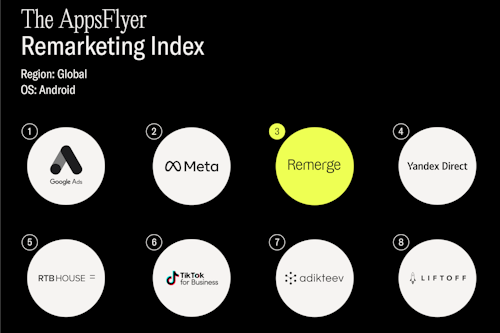#43 Demystifying AI for Mobile Marketers
mayo 05, 2020

What’s holding mobile marketers back the ubiquitous adoption of artificial intelligence? Today’s AI expert demystifies this revolutionary tech so that marketers can begin leveraging its accelerated learning power.
Jim Calhoun is the CEO of Nectar 9, a company developing, selling and licensing SaaS software that combines advanced machine intelligence, automation, and human creativity to drive meaningful marketing outcomes in today’s social media environment. Nectar9 makes AI accessible and easy for marketing companies to leverage.
Listen and Subscribe
Listen on Apple Podcast
Listen on Spotify
Questions Jim Answered in this Episode
- How does someone leverage AI and how does it improve their marketing stack?
- Why has AI been slow to adopt? What have you observed about AI’s adoption over the past 2-5 years?
- How do you make AI technologies that make marketers feel comfortable with the lack of control they have?
- How do marketers go about adopting this technology?
- How are data points, like clicks, lacking for AI? Or, how will the progression of data help AI in the next few years?
Timestamp
- 6:35 Who and how Nectar9 works with customers
- 9:15 The false fear of AI
- 11:24 Less availability of targeting info will make AI more attractive
- 13:29 The “Alexa” for marketers
- 15:52 The flow of the paradigm shift for adopting AI
- 16:50 Data outlook is choppy
- 23:00 Marketing departments will be configured differently for tomorrow
Quotes
(9:37-10:04) “I think there’s some resistance, really natural resistance, for people feeling like, ‘Well this will just take over my job.’ And we get around that, because really what it takes over is kind of the fiddly bits and the math and that stuff that really humans aren’t super well suited towards. Whereas it frees people up, who are taking advantage of it, to think more about strategy, about more creative, about different things to test.”
(10:05-10:23) “You go from a situation where you’re maybe doing a dozen or a half dozen sort of experiments at any given time, where we’ve got customers who are running tens of thousands of experiments constantly learning, just feeding lots of creative, feeding the strategy, observing what’s coming out of the system.”





